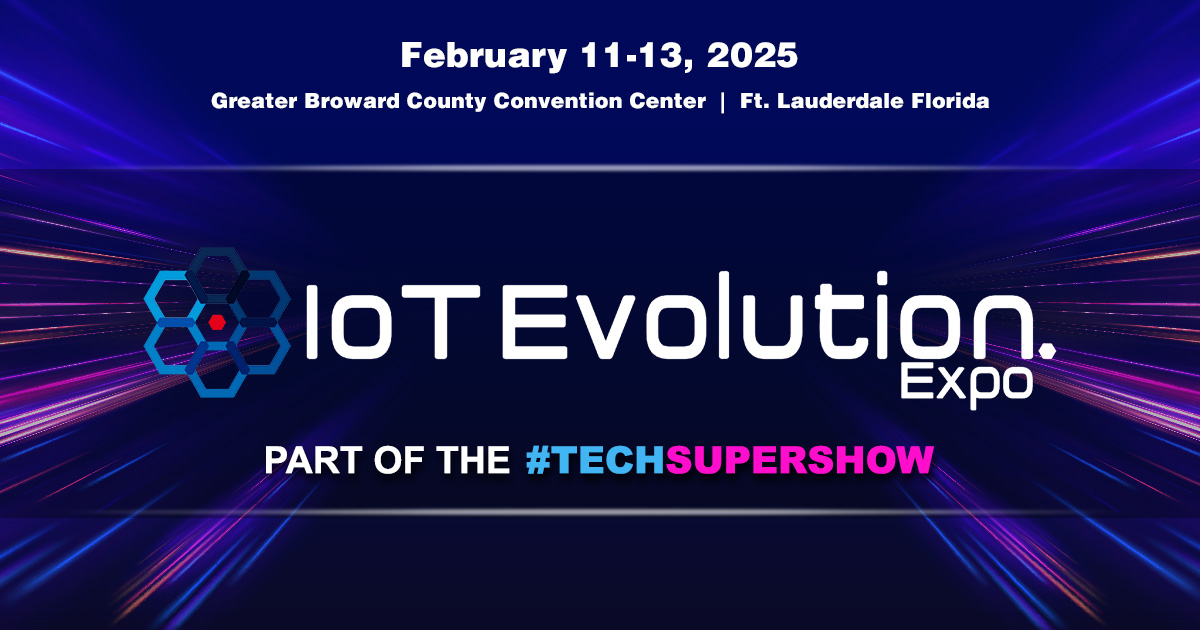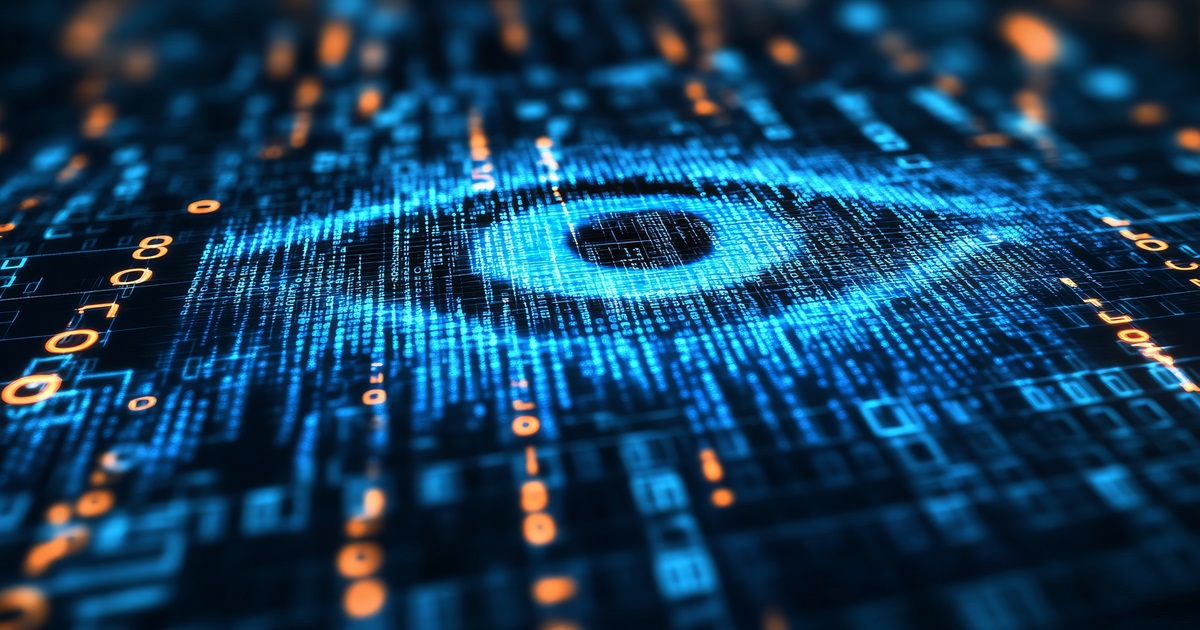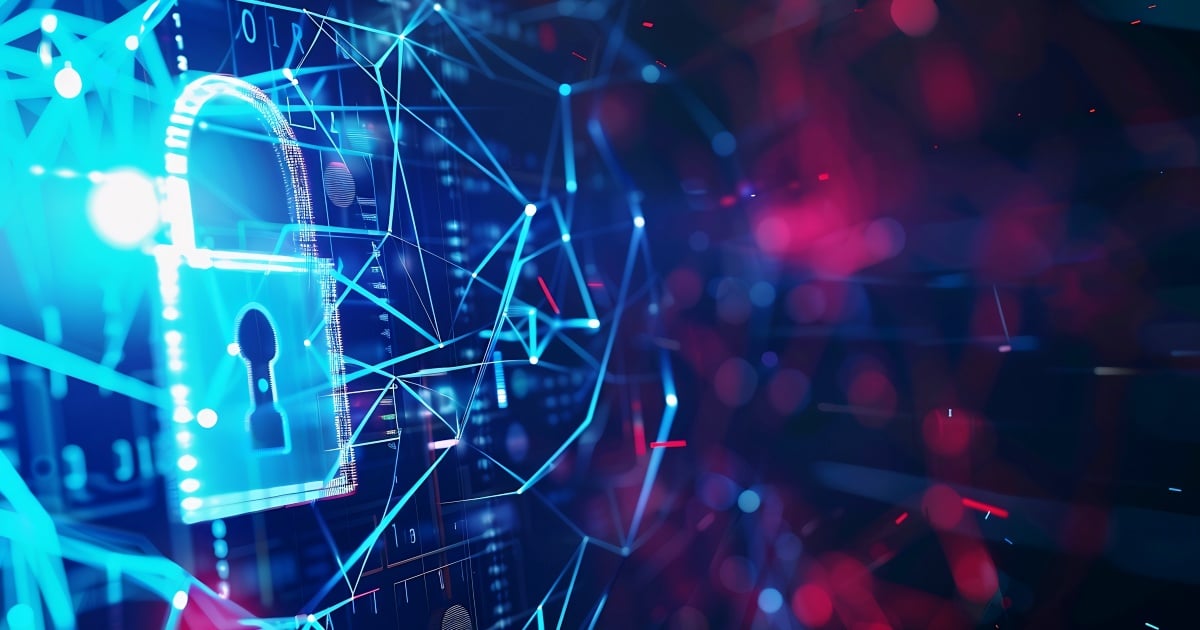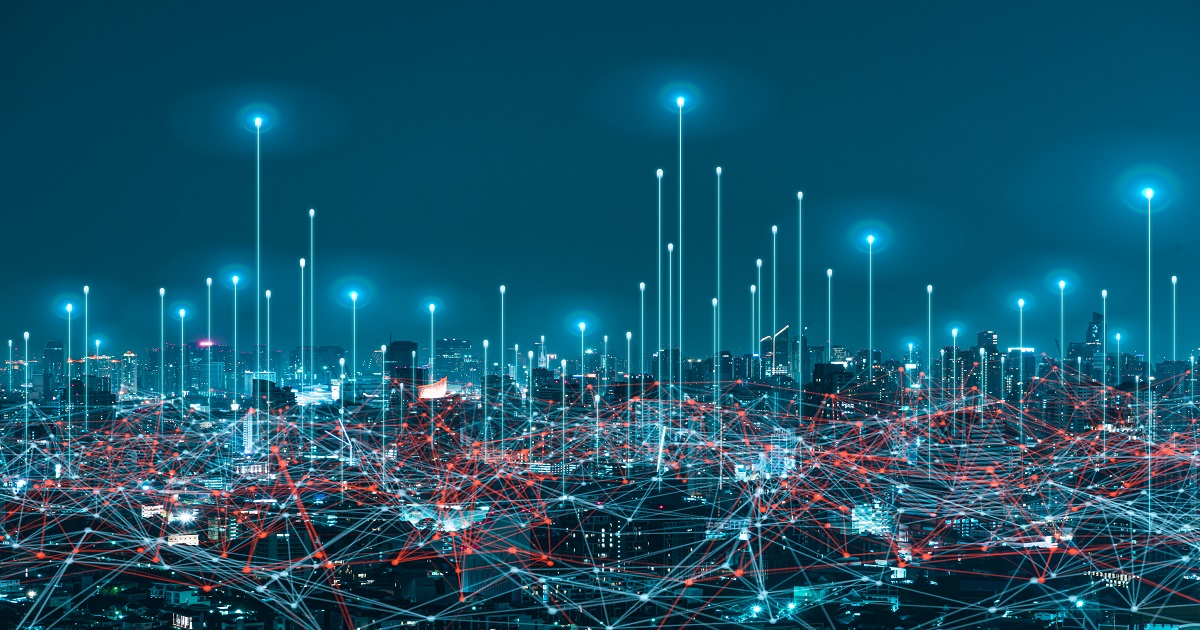
Happy Tuesday, everyone!
It’s no secret that LoRa (short for “Long Range”) is one of the many lighthouses, so to speak, for the lifeblood of the Internet of Things — connectivity. It’s been a game-changer for IoT applications that demand long-range capabilities, low power consumption, and sheer cost-effectiveness when it comes to operating in a variety of challenging scenarios.
Unlike traditional wireless technologies, LoRa can transmit data over several kilometers, making it a well-suited choice for applications involving remote sensors and environmental monitoring. Additionally, “LoRa” and “robustness” are oft-associated terms; LoRa’s ability to penetrate through obstacles (particularly in dense areas) makes it even more ideal for urban infrastructure. (e.g. smart metering and parking, data-driven traffic control, waste management, etc.)
But the applications for LoRa (and the myriad industries leveraging it) include much more, of course:
- In agriculture, farmers use LoRa-enabled sensors to monitor soil moisture, temperature and other environmental factors, thereby optimizing irrigation and crop management.
- In logistics-related cases, LoRa can be harnessed for the real-time tracking of critical assets, which improves supply chain visibility and reduces undue losses for more seamless movement of goods.
- In Industrial IoT (IIoT), LoRa is used for predictive equipment maintenance and industrial-grade monitoring in factories and warehouses, as well as for connecting a multitude of devices when it comes to both worker safety and the rise of scalable automation.
- In healthcare, we’re talking about LoRa in relation to remote patient monitoring, enhanced care for the elderly via health trackers and other medical sensors, and etcetera for improving health-centric outcomes.
The long-story-short of this, readers?
Lora makes countless installations easier and limits disruptions. As the IoT landscape expands, in-building connectivity made possible by LoRa (i.e. also LoRaWAN, the network protocol built on top of LoRa), will undoubtedly lead to a plethora of innovative use cases.
And for those interested in learning more about this topic precisely, we have great news to share:
At IoT Evolution Expo 2025 (part of the #TECHSUPERSHOW experience that’s taking place from February 11-13, 2025, at the Broward County Convention Center in Fort Lauderdale, Florida), attendees will be able to join us for a specific session titled “In-Building: The Ups and Downs of LoRa Applications.” This session’s panelists will go into even greater detail about deployers of modern LoRa technology, what applications have still yet to tap into LoRa, and why enabling reliable connectivity still remains the linchpin of IoT successes today.
Read more what’s on deck at IoT Evolution Expo 2025 here.
Edited by
Greg Tavarez





